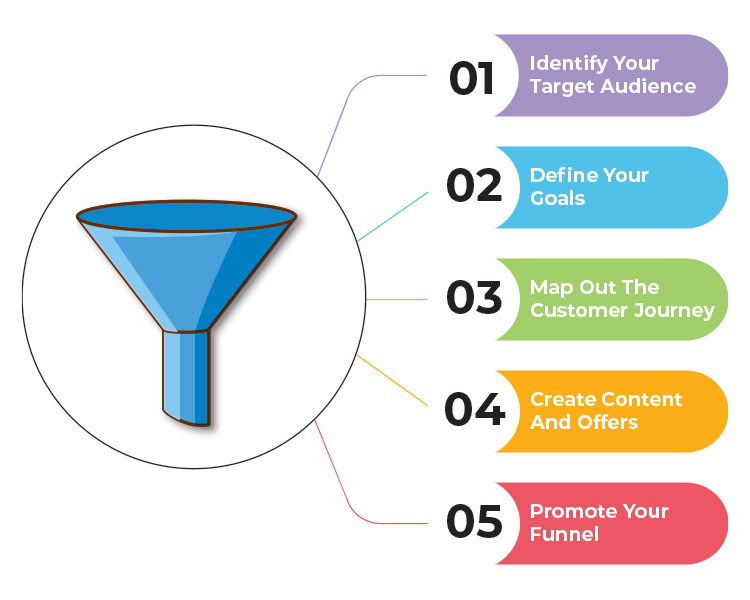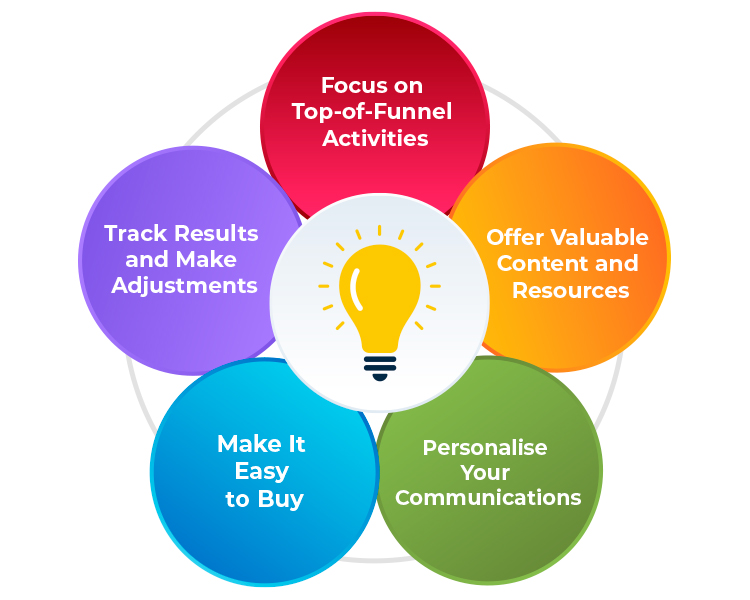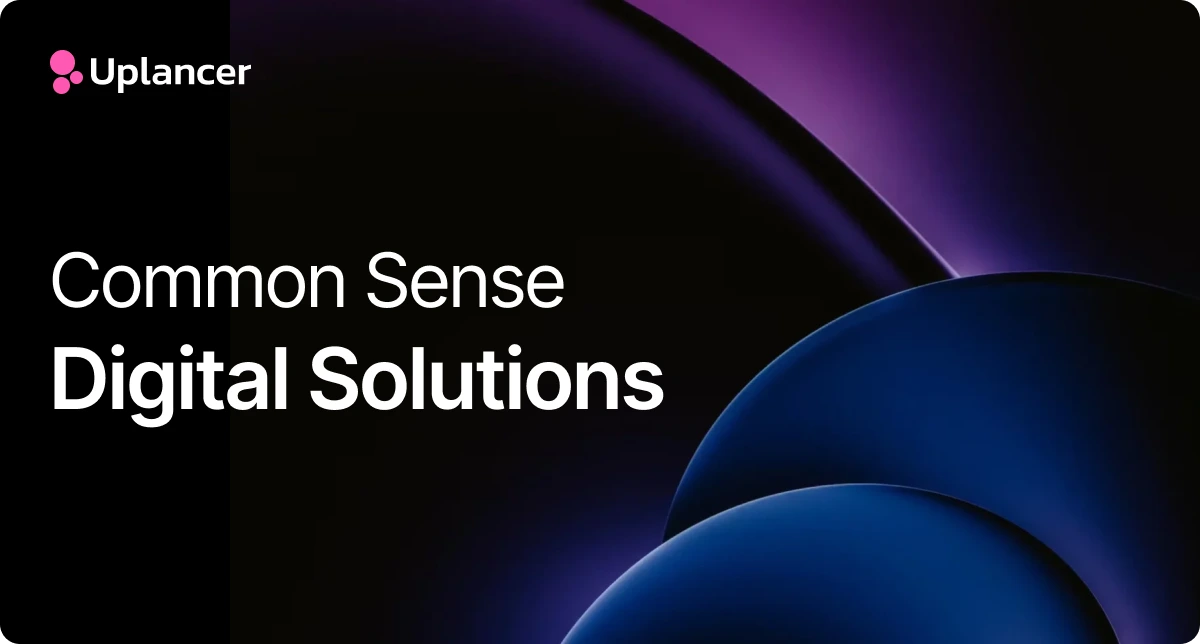How to use funnels to generate leads and sales in a Recession

In challenging economic times, businesses must adapt and find innovative ways to thrive. One such strategy that has proven to be effective is the use of sales funnels. But what exactly is a funnel, and how can it help generate leads and sales, especially during a recession? In this blog post, we’ll explore the world of sales funnels, how they work, and why they’re essential in turbulent economic climates. We’ll also guide you through the process of creating a successful sales funnel and provide valuable tips for leveraging them in a recession.
What is a Funnel?

Before we dive into the nitty-gritty, let’s start with the basics. A funnel, in the context of marketing and sales, is a visual representation of the customer journey. Imagine it as an actual funnel, wide at the top and narrow at the bottom. At the top, you have a broader audience, while at the bottom, you have your most loyal customers. The goal of a funnel is to guide potential customers through a series of stages, ultimately leading them to make a purchase.
How do Funnels Help Generate Leads and Sales?

Sales funnels are incredibly effective because they map out the entire customer journey, from initial awareness to the final sale. By breaking this journey into stages, businesses can tailor their marketing efforts to address each stage’s specific needs and concerns. This level of precision increases the likelihood of converting leads into paying customers.
Why are Funnels Important in a Recession?
During a recession, consumer behaviour shifts, and people become more cautious with their spending. This is precisely where sales funnels shine. They allow businesses to build trust, provide value, and personalise their interactions with potential customers. In a recession, the ability to address customers’ concerns and build relationships is vital for maintaining and growing sales.
How to Create a Funnel?

Now that we understand the importance of sales funnels, let’s roll up our sleeves and dive into the practical steps to create one that works for your business.
Identify Your Target Audience:
The first step in creating a successful sales funnel is to pinpoint exactly who you want to reach. Your target audience is the foundation of your funnel. To define them:
- Conduct market research to understand the demographics, interests, and pain points of your potential customers.
- Create detailed buyer personas that represent your ideal customers.
Tailor your funnel’s messaging and content to align with your audience’s preferences and needs.
Define Your Goals:
Every funnel should have clear objectives. Ask yourself:
- Do you want to generate leads, make sales, or both?
Determine specific metrics, such as the number of leads or conversion rates, to measure your progress.
Map Out the Customer Journey:
Understanding the path your potential customers take is crucial. Map their journey from the moment they become aware of your brand to the point of making a purchase. Here’s a simplified breakdown of the stages:
- Awareness: At this stage, your audience becomes aware of your existence, but they might not be familiar with your products or services.
- Interest: Now that they know you exist, your potential customers are showing interest. They are exploring what you offer.
- Consideration: During this stage, they are actively evaluating your offerings, comparing them to alternatives, and considering making a purchase.
- Decision: Finally, they decide to become a customer and make a purchase.
Understanding your audience’s needs and questions at each stage will help you tailor your content accordingly.
Create Content and Offers:
To guide potential customers through the funnel, you need compelling content and offers that cater to their needs at each stage:
- Awareness Stage: Provide educational content, blog posts, and infographics that address common pain points in your industry.
- Interest Stage: Offer more in-depth content such as ebooks, webinars, or free trials to showcase your expertise.
- Consideration Stage: Share case studies, product comparisons, and customer testimonials to help them make informed decisions.
- Decision Stage: Provide special promotions, discounts, or personalised offers to encourage them to take the final step.
The key is to offer value and solutions, building trust along the way.
Promote Your Funnel:
Even the most well-structured funnel won’t work without traffic. To promote your funnel effectively:
- Utilise various marketing channels, including social media, email marketing, search engine optimization (SEO), and paid advertising.
- Create engaging and shareable content to attract visitors to your funnel’s entry points.
- Use targeted advertising to reach your defined audience and guide them into your funnel.
Tips for Using Funnels in a Recession

In times of economic uncertainty, a well-crafted sales funnel can be your beacon of hope. Here are strategies to harness the power of funnels and sustain sales even during a recession:
1. Focus on Top-of-Funnel Activities:
As the storm brews, your first line of defence is to expand your reach. Prioritise top-of-funnel activities to create brand awareness and attract new leads:
- Engage in proactive marketing efforts to capture the attention of potential customers who might not yet be familiar with your brand.
- Leverage content marketing, social media, and advertising to cast a wider net and introduce your solutions to a broader audience.
2. Offer Valuable Content and Resources:
Trust is your currency during economic turbulence. To build it, provide valuable information and resources:
- Create content that educates and empowers your audience. Address their pain points and offer solutions.
- Be a source of knowledge and support. Offer free resources, webinars, or guides that demonstrate your expertise and commitment.
3. Personalise Your Communications:
In stormy seas, empathy and personalization are your lifebuoys. Tailor your messaging to address the specific needs and challenges of your customers:
- Show that you understand their concerns and are genuinely committed to helping them.
- Utilise customer data to deliver personalised recommendations and offers that resonate with individual preferences.
4. Make It Easy to Buy:
Smooth sailing is essential in turbulent times. Streamline the buying process to eliminate any obstacles that could deter potential customers:
- Optimise your website for a seamless user experience, making it easy to find information and make purchases.
- Simplify checkout processes, minimise form fields, and offer various payment options to accommodate different preferences.
5. Track Results and Make Adjustments:
In a dynamic environment, staying the course is not always the best strategy. Continuously monitor your funnel’s performance and be prepared to make data-driven adjustments:
- Use analytics tools to track key metrics like conversion rates, bounce rates, and customer behaviour.
- Experiment with different strategies and tactics to optimise your funnel’s efficiency.
In conclusion:
During a recession, a sales funnel becomes your compass in navigating uncertainty. By focusing on value, personalization, and understanding your target audience, you can create a resilient funnel that not only sustains sales but also builds enduring relationships with customers. In challenging times, it’s about more than just transactions; it’s about fostering trust and demonstrating your unwavering commitment to serving your customers’ needs.
We hope these strategies provide you with the guidance needed to navigate the economic storm and emerge stronger on the other side. As you embark on this journey, remember that resilience and adaptability are your allies, and your sales funnel is the vessel that will carry you forward.












